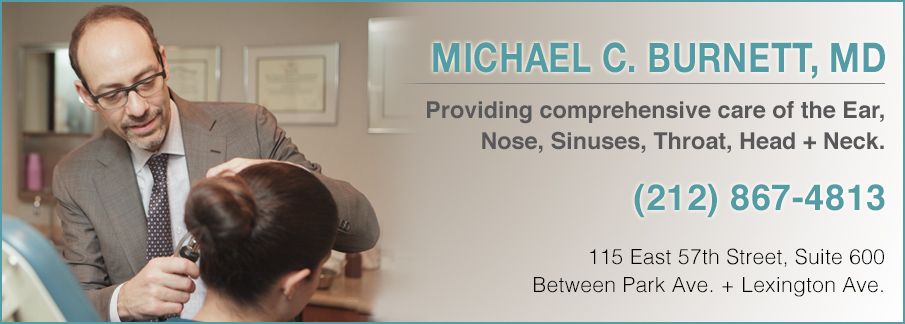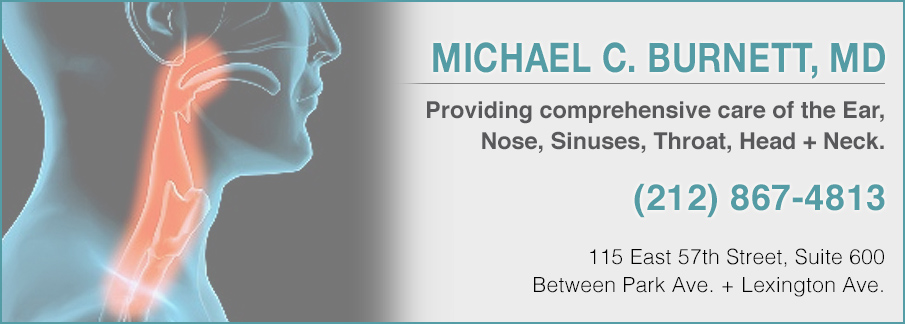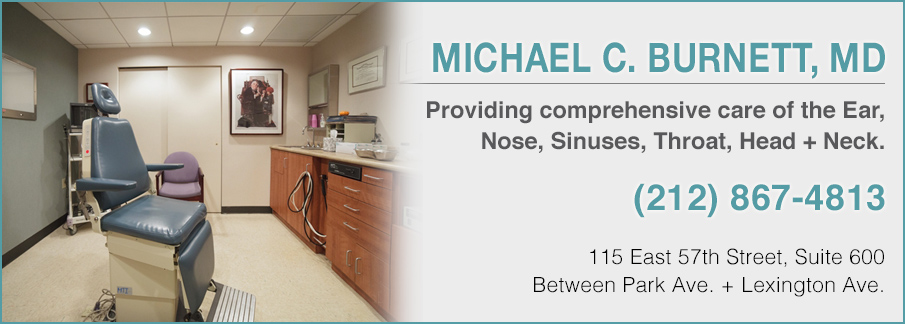If you deal with chronic throat infections, you are probably desperate for relief. While medication can help treat infections, people who deal with these infections on a regular basis might need a tonsillectomy to fix their issues. Fortunately, tonsillectomies (or tonsil removal surgeries) are very common and easy for your doctor to perform. In this article, we will discuss the tonsillectomy procedure and recovery process so you can book your surgery with confidence.
Who Needs a Tonsillectomy?
There are a few different situations that will cause a doctor to order a tonsillectomy. The most common reason for a tonsillectomy is chronic tonsillitis, or recurring sore throats caused by tonsil inflammation. Tonsillitis is most common in pre-pubescent children but can affect people of all ages. Tonsillectomies are also recommended for patients who have bacterial tonsil infections that do not improve with antibiotics.
Occasionally, other issues will require tonsillectomies as well. These include breathing problems or sleep apnea related to swollen tonsils, frequent snoring, tonsil bleeding, or even cancer affecting the tonsils. These problems are less common that tonsillitis, but can be very serious. Your doctor will likely try other treatments before ordering a tonsillectomy.
Tonsillectomy Procedure and Preparation
You will need to fast the night before your tonsillectomy. This will mean avoiding all food and liquids, including water. Some patients may feel nervous fasting, so it can help to schedule your tonsillectomy early the next morning. Before you go in for your procedure, make sure you have a comfortable place set up in your home for recovery. You’ll also need to find someone to take you home from your appointment as you will not be able to drive.
During the procedure, there are a few different methods your doctor can use to remove your tonsils. Some doctors will use a scalpel to cut your tonsils out, known as a cold knife dissection. Other doctors will use a special device to cauterize (or burn) your tonsils. Both are very safe. Because you’ll be under general anesthetic, you won’t feel any pain while your tonsils are removed.
Tonsillectomy Recovery
After your surgery, you will most likely deal with a sore throat as you recover. While eating and drinking might be painful, it’s important to stay hydrated. Water and ice pops will help with this. You might also want to stick to a diet of soft, bland foods like mashed potatoes or applesauce while your throat heals.
During recovery, it’s also important to rest. Stay in bed for the first few days of your recovery, and avoid strenuous activities and exercise for two weeks while you fully heal. It’s also important to take any medications that your doctor prescribes, as these will help prevent future infections and reduce your pain. Like any surgery, a tonsillectomy can seem intimidating. Talk to your doctor about any fears you might have, and they will put your mind at ease. After you recover, you’ll be glad you had the surgery.
If you think you need a tonsillectomy, don’t put it off. Contact Dr. Michael Burnett at 212-867-4813 to schedule an ENT appointment today.






[…] Tonsillitis is the inflammation of the tonsils […]